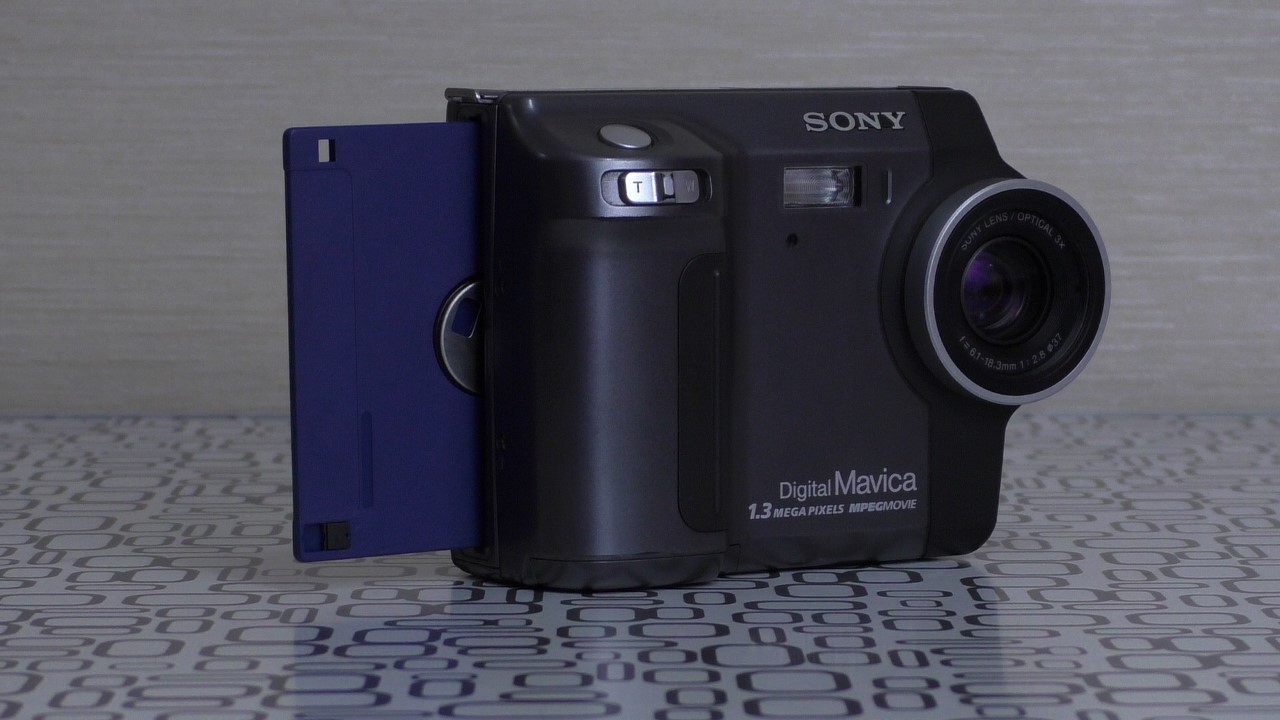
I used to always be amused that in old fiction, people of the distant future continue to use old media. Spaceships plow the expanses of distant galaxies, but on Earth and in space they still use floppy disks or magnetic tapes.
Now imagine how crazy I was when I got the 1.3 megapixel camera of 2000 that uses conventional 3.5-inch floppy disks for data storage. Reality turned out to be better than any fantasy ...
1. Accelerated drive
The inscription on the case calls the number 4X ...
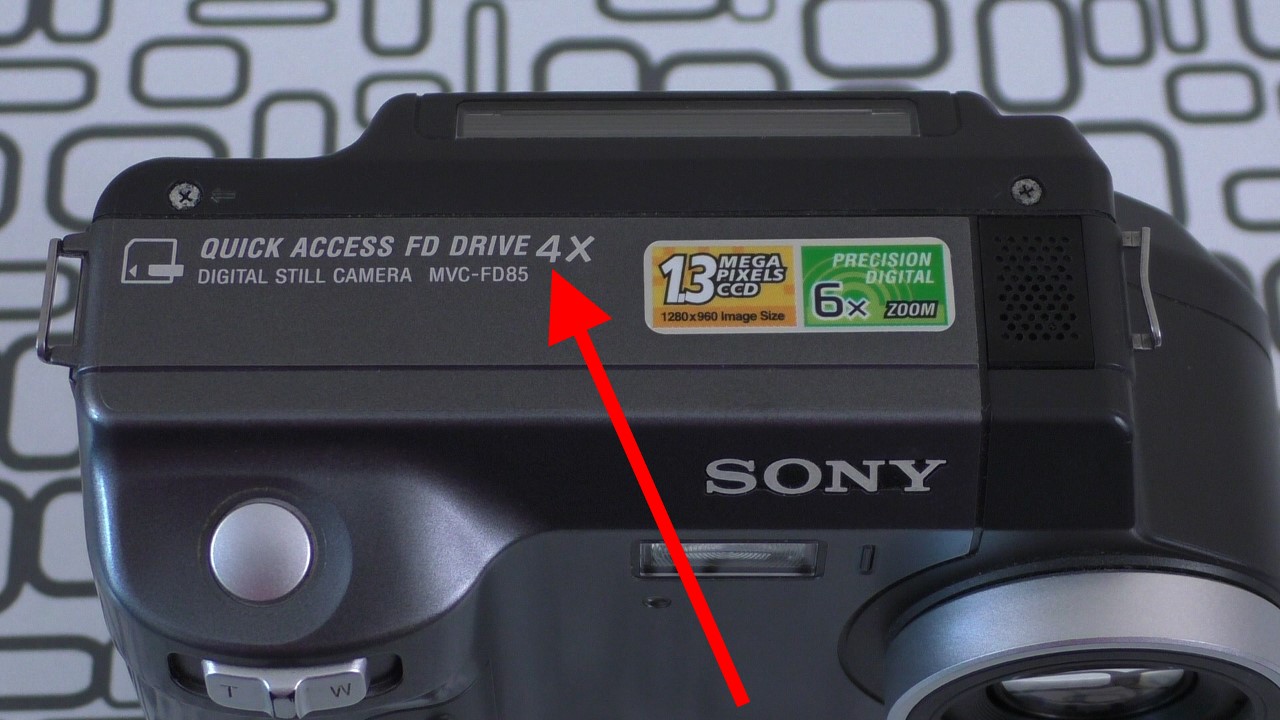
... but in reality, everything is not so clear (approximate figures):

Photos in maximum resolution weigh about 200 kilobytes, recording them on a floppy disk takes about 4-5 seconds.
2. The backlight can be turned off

At the same time, it is absolutely unrealistic to see the contents of the screen in a room with the backlight turned off, although my LED lamps are probably to blame.

But on the street, on a sunny day and at the right angles, a picture without backlighting turns out to be almost as bright and clear as with backlighting. True, not from any angle, but nonetheless!

3. Shooting a video
Himself in shock from this o_O

A floppy disk can hold either 15 seconds of video in a resolution of 320x240, or 1 minute in a resolution of 160x112. In this case, the bitrate, sound quality and number of frames remain unchanged.
Video: MPEG1, 25 frames per second, variable bitrate.
Sound: MPEG-1 Audio Layer I, mono, 32 kilobits per second.


4. Composite video output
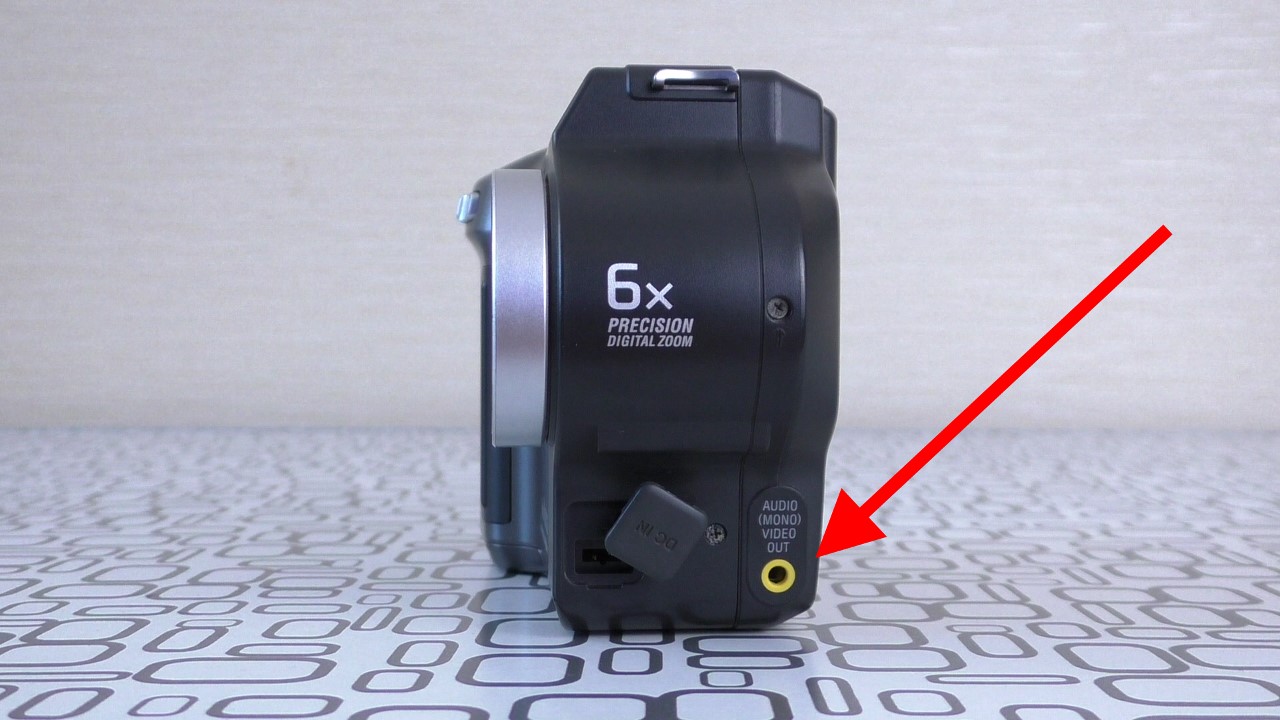
It allows you to either view the shot ...
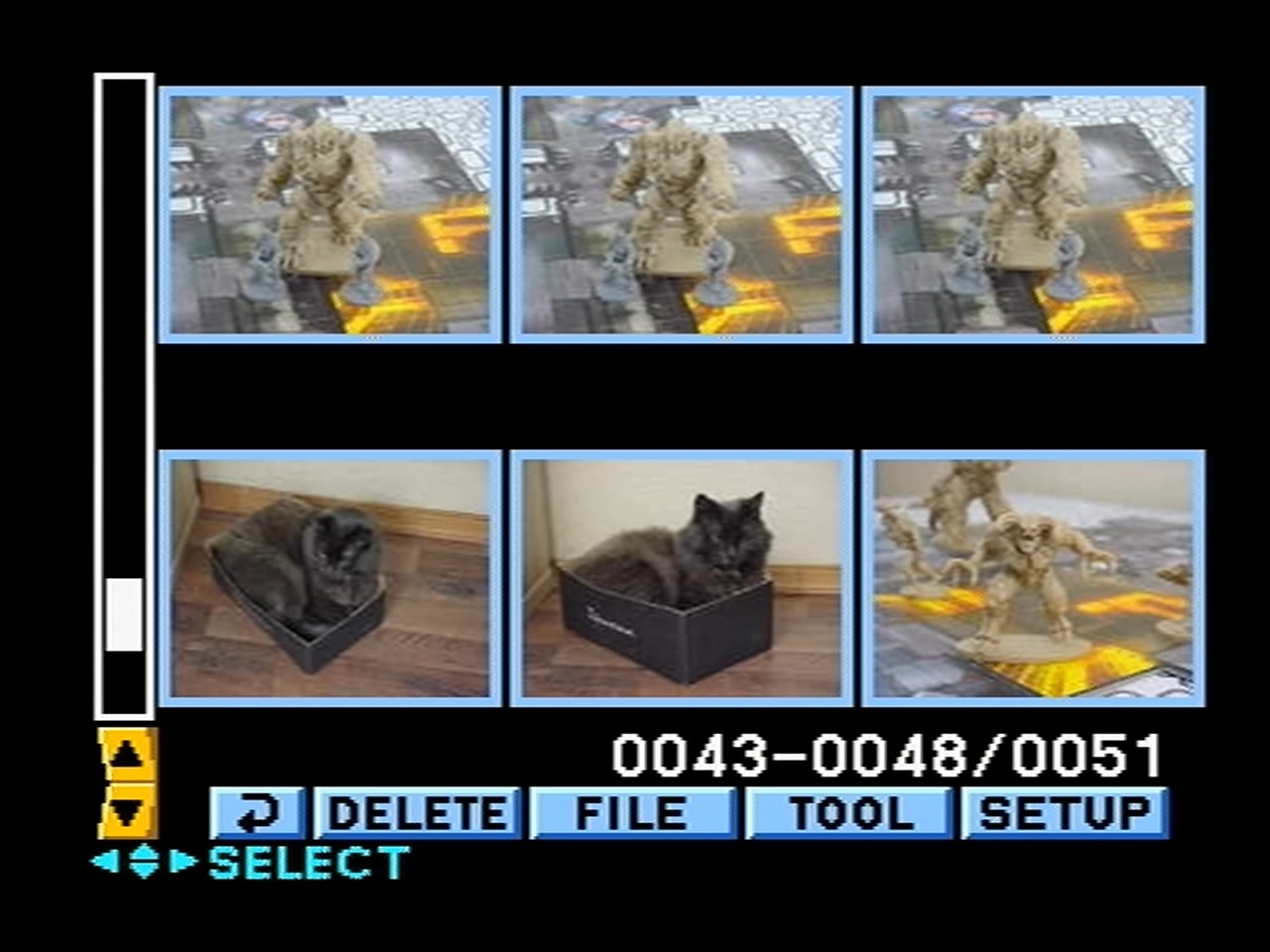
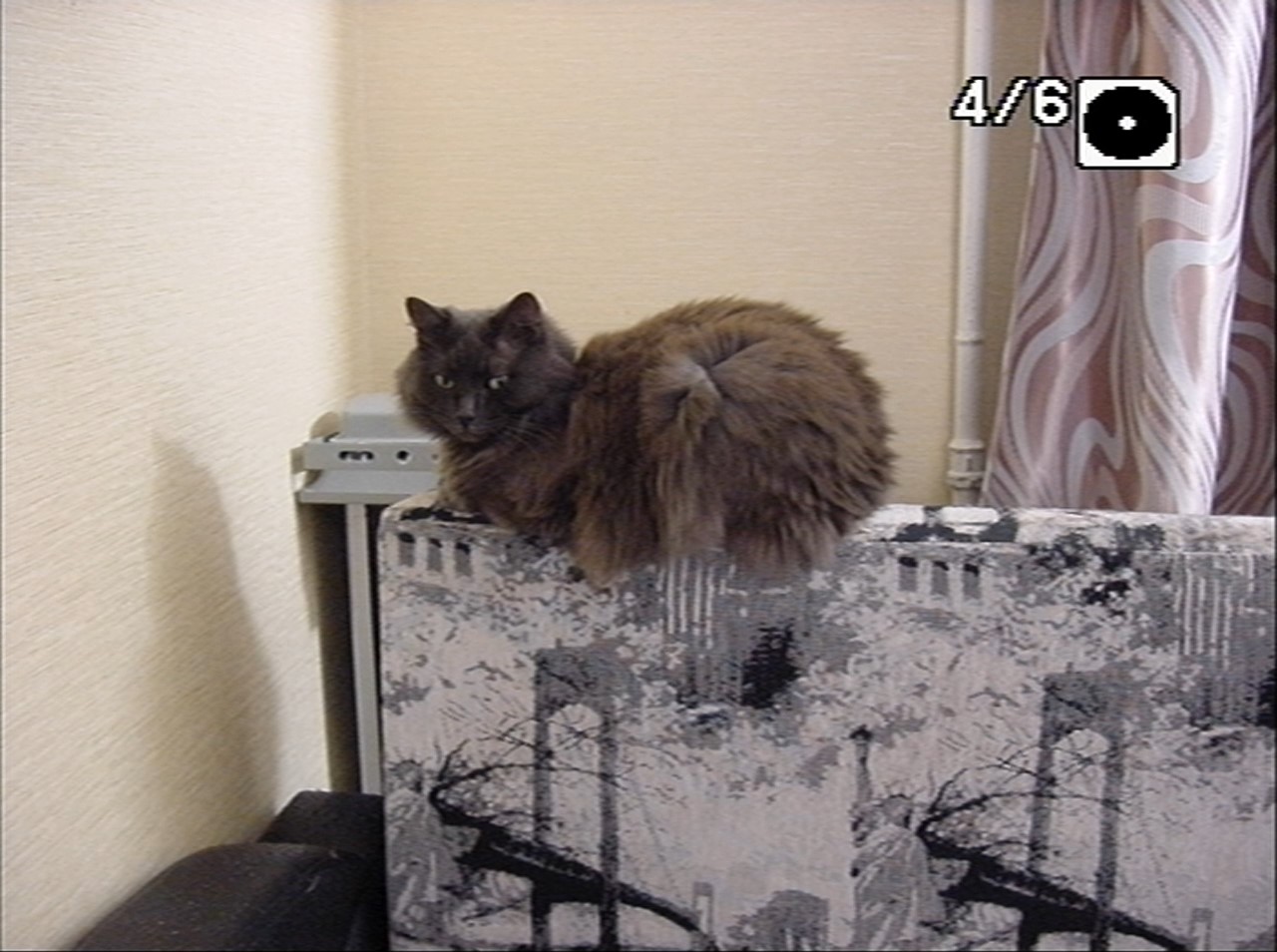
... or use the TV as a powerful viewfinder.
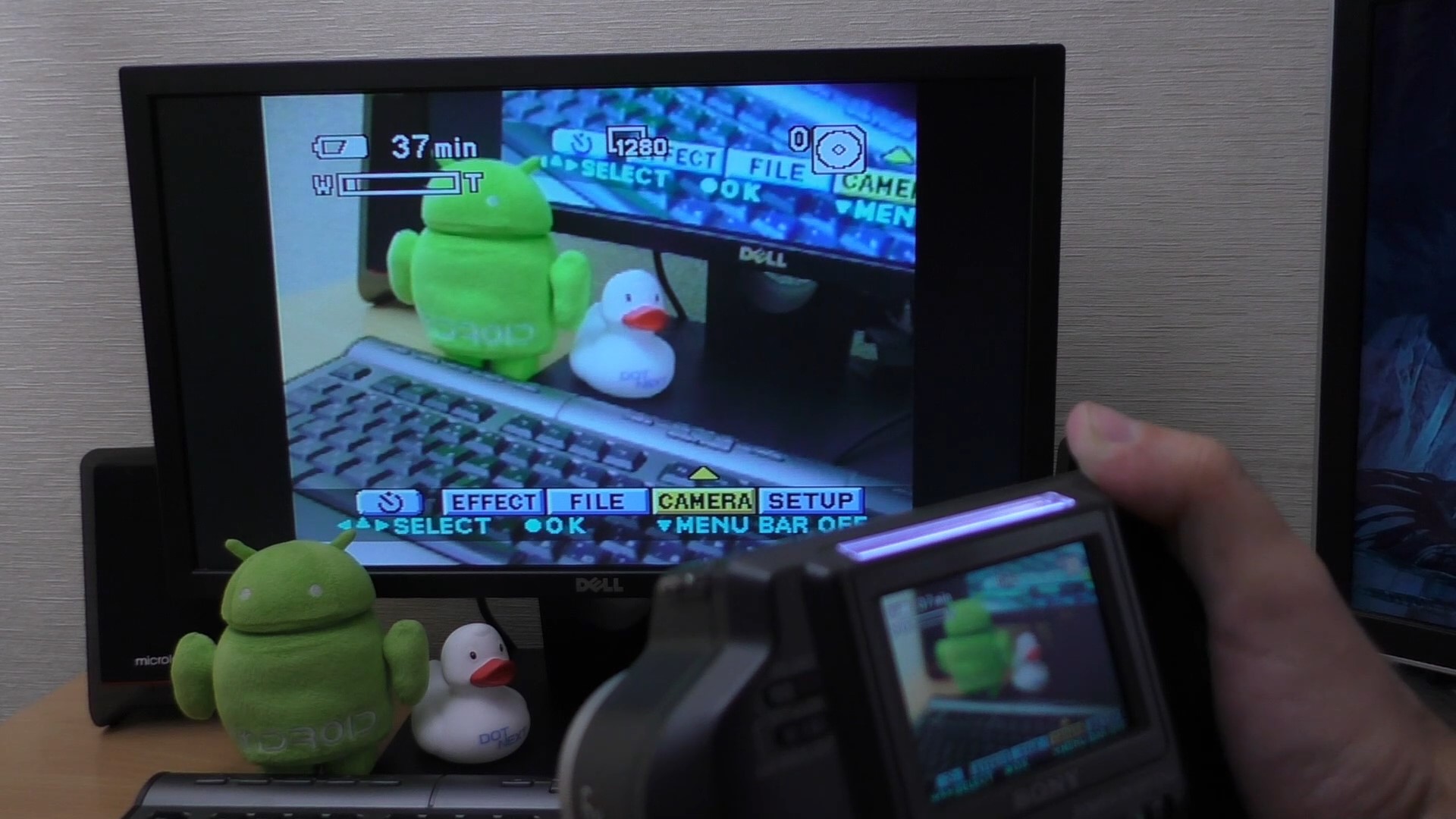
5. E-MAIL
There is a mode in which, in conjunction with each photo

a miniature version is created in the resolution of 320x240 (I did the upscale without filtering for clarity)

6. HTML file at the root of the diskette
In addition to the actual photos, the camera also writes a list of these same files. For what? The fact is that you can also add audio comments and already mentioned email miniatures to photos. And the HTML file shows the relationship of this additional data with the usual.
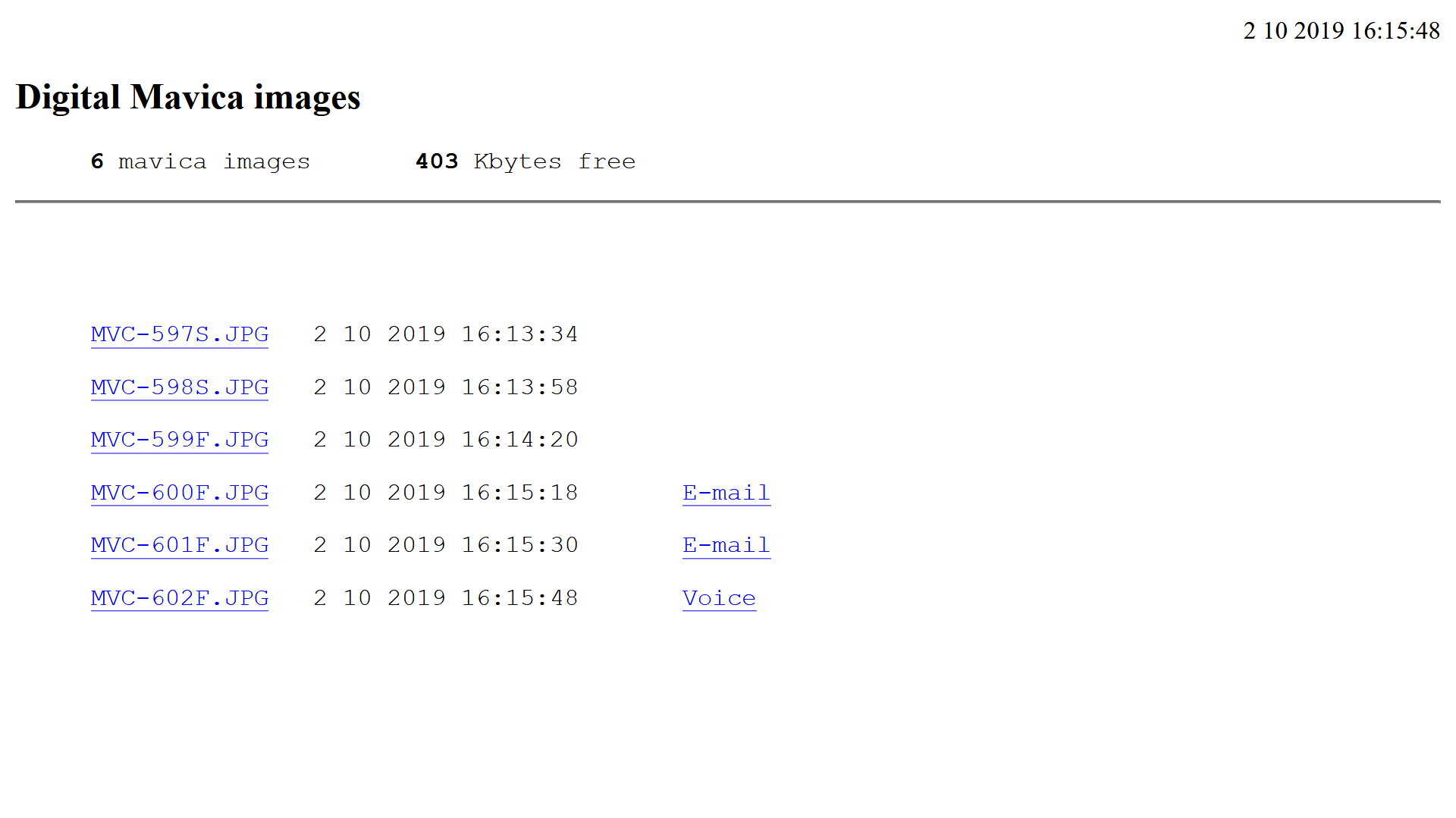
By the way, this file always weighs exactly 8 kilobytes, and if the data does not reach this size, the end of the file is clogged with zeros.
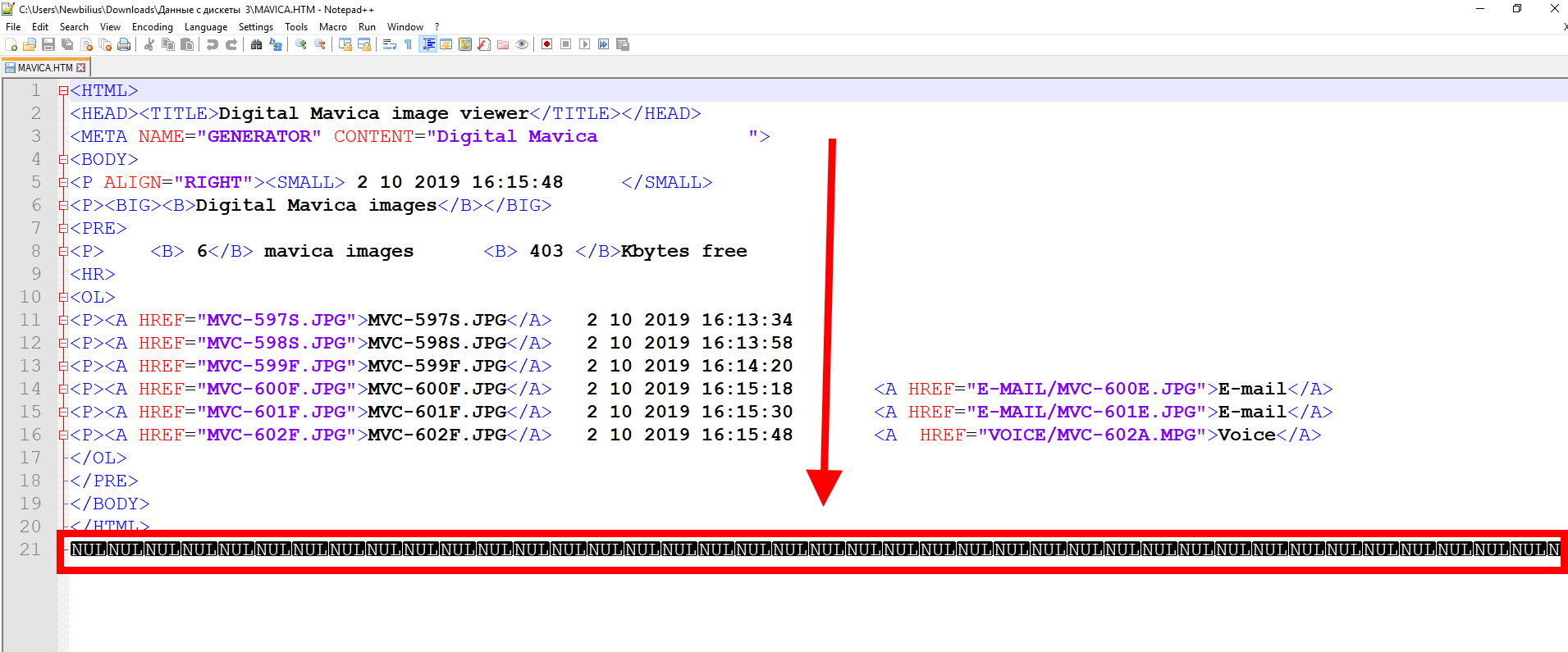

7. Text mode

So in the camera the shooting mode is called in absolutely black and white mode, when there is one bit for each pixel. These photos are saved in GIF format.

8. Adapter from Memory Stick to floppy disk
One of the craziest attempts to maintain backward compatibility: an adapter was sold separately from the camera from a memory card to a floppy disk!
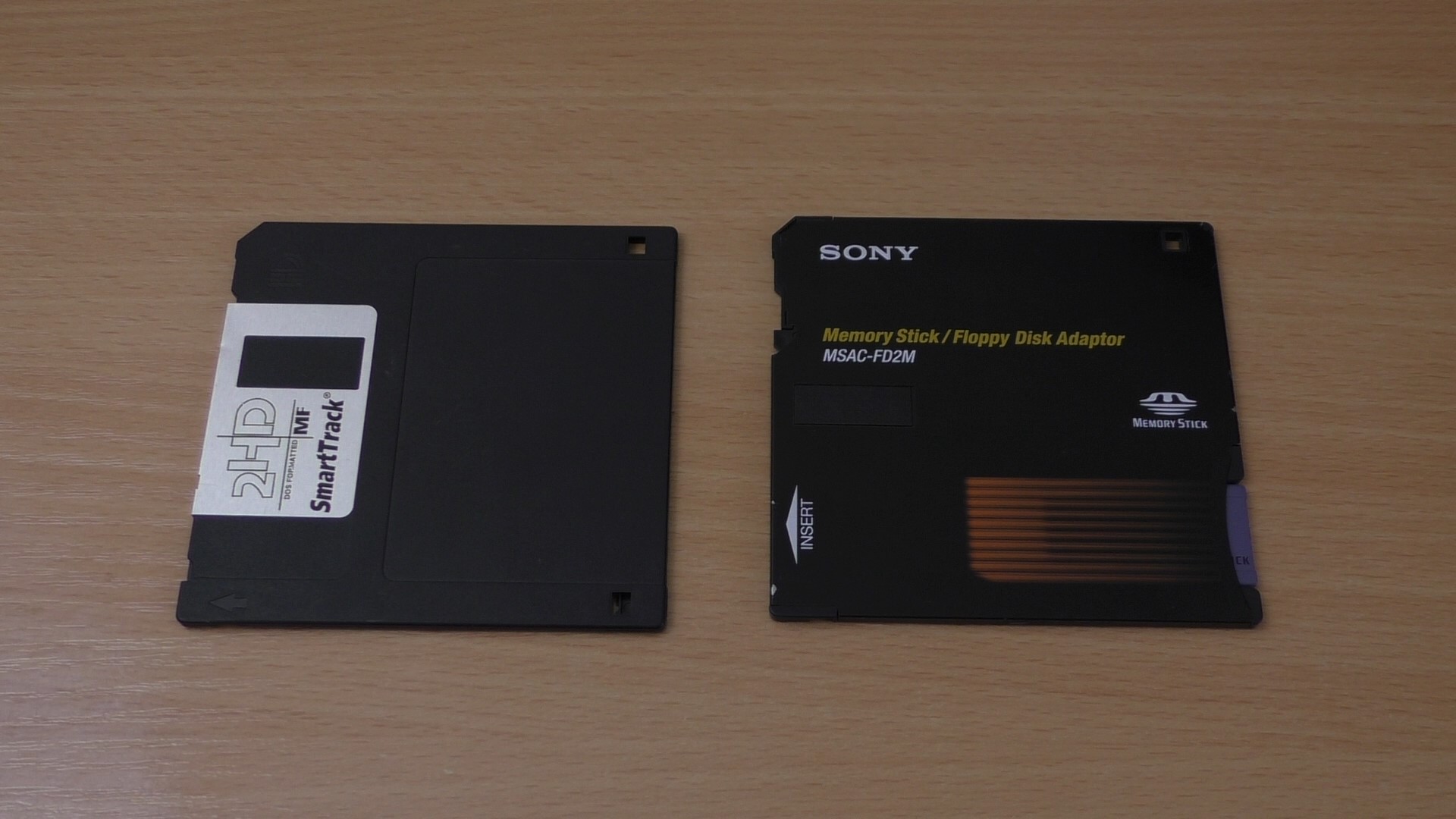

And this adapter even required a couple of CR2016 batteries for its operation.
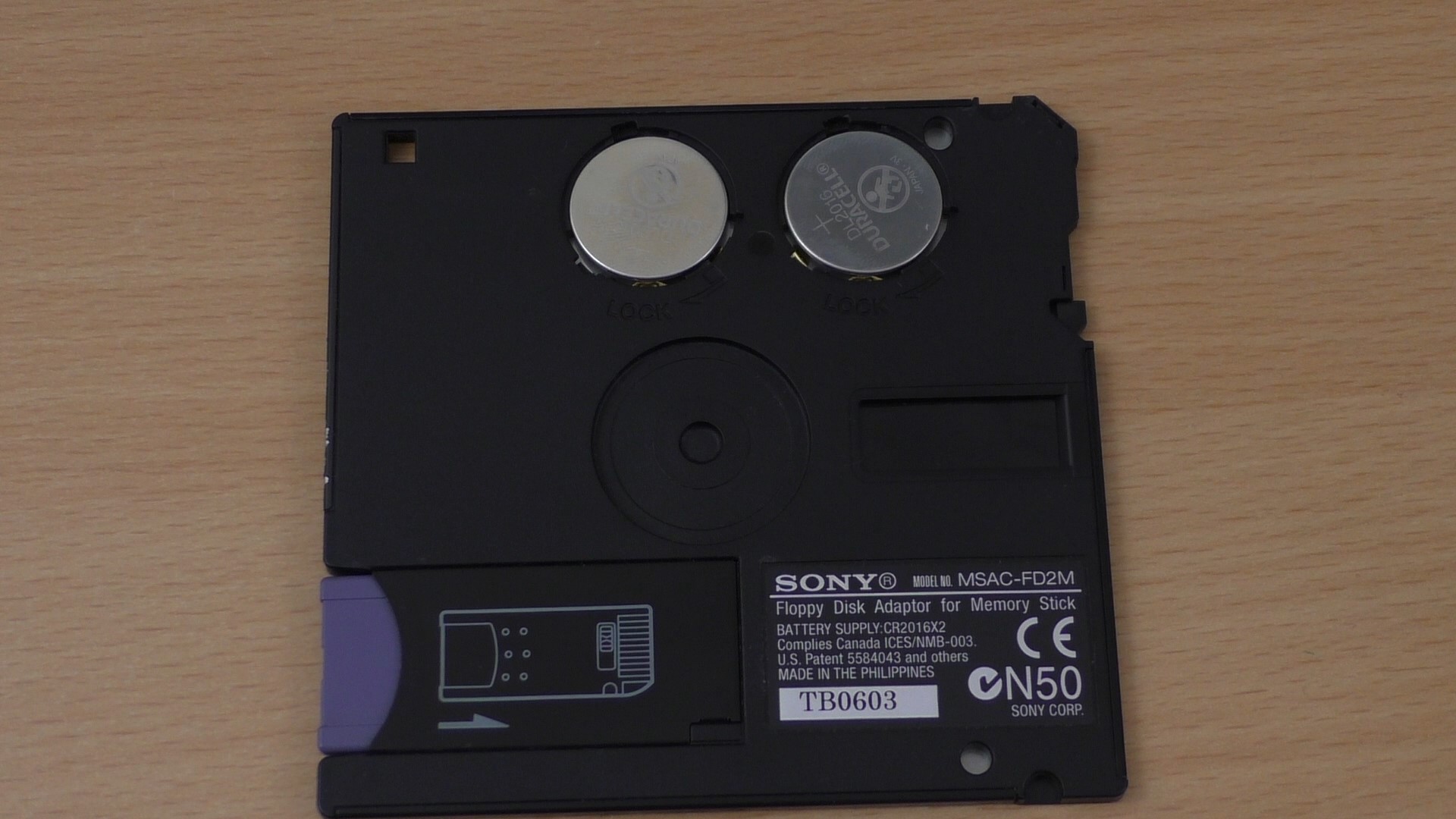
True, the speed of the adapter let us down - it roughly corresponds to a floppy disk in a regular, not 4-speed drive. When installing special drivers, it also worked on a PC - and now it was possible to observe a floppy disk of 16 megabytes or more in your explorer :)

Is that all?
Naturally, you can tell a bunch more about this camera! Go over the history of the first Mavic, disassemble the interface in detail, demonstrate the quality of the video being shot in dynamics, and also look at the pictures, comparing them with something more modern. But I already did all this in video format. If interested, then enjoy the viewing!